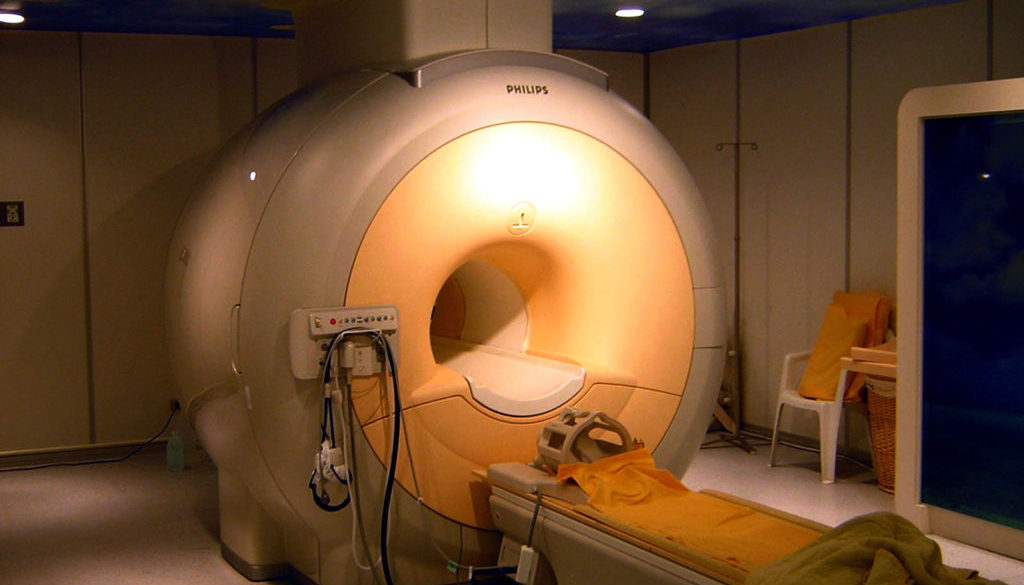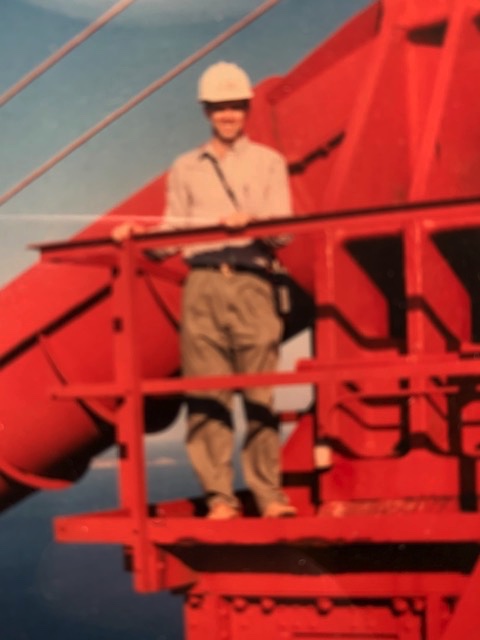A Break-In and an Escape

Atlanta, GA
February 17, 2020
During an unknown moment and motion several months ago, I apparently shifted my right shoulder so as to offend the gods of human kinesiology. It was unintentional. I was unaware at the time that I had even done it. I’m still not sure that I did.
But the ligamental and capsular authorities that govern my mobility are not as flexible or forgiving as my arm once was. They applied an orthopedic parking boot to the shoulder socket, and have been tightening it since. The wheel is now firmly locked in place.
My arm extends in only one direction: down. Its more advanced features are inoperable. Raising, stretching, and reaching are out of the question.
It can carry luggage, but can’t place it in the overhead bin. It can putt, but it can’t drive. It can drive, but it can’t scrape ice from the windshield. I prepared to do so last Wednesday in our snowy office parking lot.
To assist, I inserted the key in the ignition, started the car, and blasted the defroster. To keep snow from falling in, I shut the door. Which promptly locked.
I was with a co-worker from Charleston. Two southerners standing in a steady snow that had been falling for several hours, and that continued to deepen.
“Uh oh.”
“What?”, she asked as she wiped accumulation from the rear window.
“I think we’re locked out. How did this happen? Why would the doors automatically lock just because the engine is running?”
We had just put our belongings in the car. Fortunately, my phone was not among them. I called the rental car company, and told an agent what happened.
“Yes, the newer cars will automatically lock if you shut the door when they are running.“
“Good to know. Any reason why?”
“It is a safety feature. You should still be able to open the door from the inside.”
“Oh. Terrific. Why didn’t you say so? Let me give that a shot.”
Knowing I needed this woman to send roadside assistance, I didn’t actually say that. Like trying to pry a pardon from a Texas governor, the occasion called for more diplomacy and less snark.
“Thank you. I should have known. I’ll keep that in mind for future reference. How long till someone can be here?”
“About 75 minutes. Maybe longer with the weather. Do you have place to stay warm?”
That question, like a ship’s beacon to Crusoe’s island, shed a ray of light on the desolate scene. It reminded me that our company now has a bar in its lobby. And it was still open.
“Yes. We have a place. No rush. Take your time.”
As we entered the building, my colleague had the good sense to stop by the security desk. After she described our plight, the guard walked to the car, stuck a wire above window, jimmied the lock, and opened the door.
“Thank you very much”, I said. “I’ll call off the roadside assistance.” Not knowing whether my next statement would induce pride or offense, I noted that “you look like you’ve done that before.”
He chuckled, then confessed, “I didn’t want to tell you till after I was successful, but 90% of the guards here are volunteer firefighters. Just didn’t want you to wonder how I came by this particular skill.”
At that point, I honestly wouldn’t have cared. We were in the car. And, having been thoroughly defrosted, the windows were clear, without me ever having to extend my right arm, or experiment with my left.
Over the last several months my right arm has been pressed, kneaded, and twisted by an assortment of doctors and therapists. This morning, like a Champagne cork to a Coke bottle, it was squeezed into an MRI.
Prior to me being placed like a hot dog into a crescent roll, a contrasting dye was injected into my upper arm. The fluid provides clarity and distinction to pertinent parts of the images. But it adds a heavy burden to the shoulder. I feel as if a shot-put ball has been inserted into the socket.
Before the MRI, the nurse asked an important question.
“Are you claustrophobic?”
“I don’t think so, but guess I am about to find out.”
I did. And I am.
The limited space was one thing. The loud noise was another. It was as if I had been stuffed inside a jet engine that roared with the consistency of a chainsaw.
But, when locked in such a limited space, all we need do is plug our ears and close our eyes to expand our horizons. Much as in The Shawshank Redemption Andy Dufresne had “Mr. Mozart” to keep him company while in “solitary”, I relied on pleasant memories to carry me through my brief confinement.
My small pod became a large thought bubble. And it carried me to another place I recall being tightly confined…the elevator in the south tower of the Golden Gate Bridge. But that old enclosure wasn’t as unnerving as this modern one.
Entering an MRI is what a milk shake must feel like as it moves thru a stirring straw. The bridge’s tiny Depression-era lift is not that bad. It can uncomfortably accommodate three people, assuming none have recently over-eaten. It travels from the roadway down to the moat protecting the base of the tower, and up to within 30 feet of the top. From there, like climbing out of a submarine, a small ladder accesses the cross-beam platform extending 750 feet above the water and 90 feet across the road.
I went to the tower base only twice, each time to assess impact of saltwater on the structure. The second time I noticed the water contained sufficient salt to buoy a dead body. I found it floating face down within the moat walls, after falling 220 feet from the road above.
The trips up the tower were more pleasant, if sometimes queasy. The lift is the size of a small phone booth, with a dim light lending an eery aspect as it ascends the swaying tower.

I usually escorted other engineers, who were unfazed by the gentle motion and cramped quarters of the compact vessel. I did once accompany a professional photographer who, as we drove our small cart from the Toll Plaza to the tower door, informed that she was claustrophobic and afraid of heights.
That admission made me think her shrink must’ve suggested this assignment as shock treatment, with me playing Virgil to her Dante on an expedition thru a purifying Hell.
She was terrified of and on the lift, and initially refused to climb up the narrow chute on the rickety ladder. When I finally coaxed her, we popped the hatch and emerged into a soup of thick fog. The faint rumble of cars wafted from the unseen road below, harmonized with the swaying tower, and was drowned periodically by foghorn blasts that echoed across the bay and out the Gate.
The security blanket of fog seemed to ease the fears of my misplaced companion. She slowly began photographing the elusive tower and coy cables as they periodically peeked through the mist, like a Saudi woman through a grey niqab. As she clicked, the fog lifted. Her apprehension seemed to dissolve with it.
We must’ve spent an hour up there, allowing her camera to capture unique perspectives on stunning scenes. The clearing skies created a panorama that momentarily dispelled her fear of heights, but the trip down seemed only to reinforce her claustrophobia.
Other guests were of sturdier stock. Two of them are reading this note. One perfect afternoon, my wife, brother, and I squeezed onto the lift, climbed the chute, and strode back-and-forth across the top of the south tower.

No clouds cluttered the sky. No fog shrouded the bay. The Farallons glistened thirty miles to the west. The City gleamed to the East. Far below, traffic emitted white noise as ships glided gracefully beneath the immaculate span.
The tower rocked incessantly in the omnipresent breeze. Strolling across its upper brace, we gloried in our unrivaled perch at the edge of the continent and top of the world.
That was a quarter century ago, which is about as long as my MRI lasted. By the time I was extracted…like a bread tray from a Provençal oven…my arm was in pain, an unreachable itch had burrowed behind my right ear, and I was trying to suppress a sneeze.
My body was ready to leave that oppressive tube. My mind had already escaped.
JD



